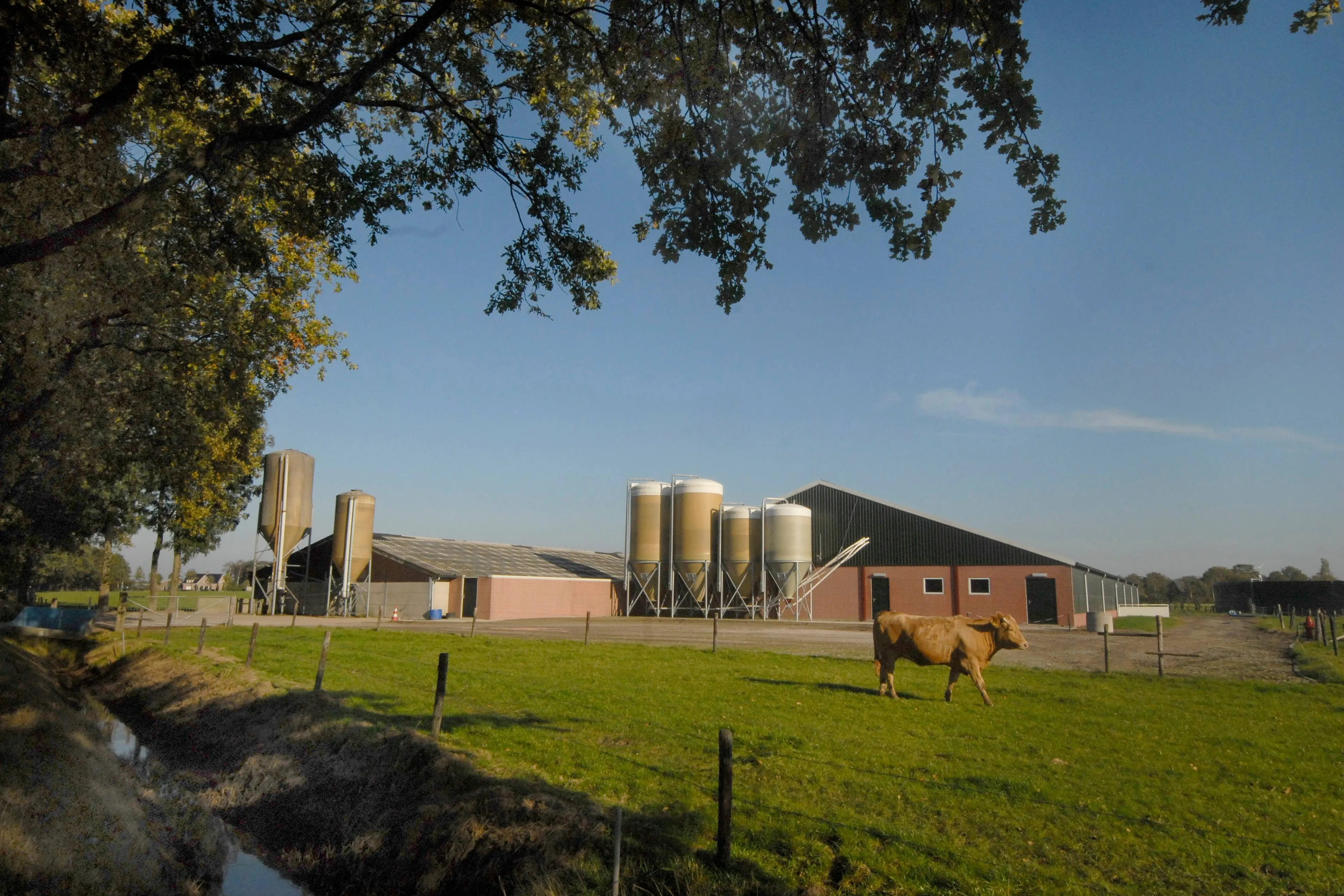Welk effect heeft klimaatbeleid op de wereldtemperatuur?
Voor de rekenliefhebbers onder ons.
Eerder schonk ik aandacht aan de opvattingen van Peter Lukkes over de plaatsing van windmolens. Daarin citeerde ik hem als volgt:
Voedselbanken maken overuren. De werkloosheid stijgt als een raket. De huizenprijs keldert maar de kopers blijven staken. Belastingen en heffingen gaan omhoog. De koopkracht daalt dramatisch. Verzekeren wordt duurder. Het aantal faillissementen is historisch hoog. Zo ook de staatsschuld. Sociale vangnetten worden kleiner. Op pensioenen en op ontwikkelingssamenwerking wordt gekort. De cultuur verarmt. De armoe rukt op. Gladde politieke babbels kunnen niet verhinderen dat kranten vrijwel dagelijks aandacht schenken aan het proces van Verelendung dat gaande is.
In dit licht gezien is het absurd dat wij jaarlijks heel veel miljarden euros kwijt zijn aan het klimaat en energiebeleid. Weliswaar hebben die twee niets met elkaar te maken, maar het is wel handig om ze in één pot te gooien. Dan kunnen ze elkaar afschermen. Het husselen heeft bovendien tot voordeel dat letterlijk niemand weet wat dit beleid kost. Het nut en de noodzaak ervan blijft duister. Een eerlijke balans tussen kosten en baten ontbreekt. Hier ligt een geweldige kans om te bezuiniging, maar die blijft onbenut.
Het effect van het beleid wordt uitgedrukt in fictieve tonnen vermeden CO2. Hetgeen zot is. Net zo dwaas als wanneer je de afstand Amsterdam-Haarlem uitdrukt in ponden oliebollenmix. De heren die een regeerakkoord in elkaar hebben geknutseld gebruiken het klimaat en energiebeleid om er onze maatschappij mee te verbouwen. In het geniep, dat wel.
Oliebollenmix
De vraag is of je ponden oliebollenmix ook kunt vertalen in het effect op het klimaat.
Onder de titel, 'What You Can(t) Do About Global Warming', bood de website 'World Climate Report' onlangs een handige methode om dat zelf te berekenen.
Ik citeer:
We are always hearing about ways that you can save the planet from the perils of global warmingfrom riding your bicycle to work, to supporting the latest national greenhouse gas restriction limitations, and everything in between. In virtually each and every case, advocates of these measures provide you with the amount of greenhouse gas emissions (primarily carbon dioxide) that will be saved by the particular action. And if you want to figure this out for yourself, the web is full of CO2 calculators (just google CO2 calculator) which allow you to calculate your carbon footprint and how much it can be reduced by taking various conservations stepsall with an eye towards reducing global warming.
However, in absolutely zero of these cases are you told, or can you calculate, how much impact you are going to have on the actual climate itself. After all, CO2 emissions are not climatethey are gases. Climate is temperature and precipitation and storms and winds, etc. If the goal of the actions is to prevent global warming, then you shouldnt really care a hoot about the amount of CO2 emissions that you are reducing, but instead, you want to know how much of the planet you are saving. How much anthropogenic climate change is being prevented by unplugging your cell phone charger, from biking to the park, or from slashing national carbon dioxide emissions?
Why do none of the CO2 calculators give you that most valuable piece of information? Why dont the politicians, the EPA, and/or greenhouse gas reduction advocates tell you the bottom line? How much global warming are we avoiding?
Embarrassingly for them, this information is readily available. After all, what do you think climate models do? Simply, they take greenhouse gas emissions scenarios and project the future climatethus providing precisely the answer we are looking for. You tweak the scenarios to account for your emission savings, run the models, and you get your answer. Since climate model projections of the future climate are what are being used to attempt to scare us into action, climate models should very well be used to tell us how much of the scary future we are going to avoid by taking the suggested/legislated/regulated actions. So where are the answers?
De auteur merkt op dat de gewone burger hierbij niet kan beschikken over grote klimaatmodellen. Maar dat geldt niet voor eenvoudiger berekeningsmethoden waarvoor een rekenmachientje volstaat. Daarmee kan men berekenen wat het effect is van huiselijke besparingsmaatregelen op de gemiddelde wereldtemperatuur. Een typische uitkomst levert tien of elf nullen achter de komma op en dan nog wat.
Maar wat leveren grootschalige nationale maatregelen op?
And finally, looking at the Waxman-Markey Climate Bill that is now being considered by Congress, CO2 emissions from the U.S. in the year 2050 are proposed to be 83% less than they were in 2005. In 2005, U.S. emissions were about 6,000 mmt, so 83% below that would be 1,020mmt or a reduction of 4,980mmtCO2. 4,980 divided by 1,767,250 = 0.0028ºC per year. In other words, even if the entire United States reduced its carbon dioxide emissions by 83% below current levels, it would only amount to a reduction of global warming of less than three-thousandths of a ºC per year. A number that is scientifically meaningless.
This is the type of information that we should be provide with. And, as we have seen here, it is not that difficult to come by. The fact that we arent routinely presented with this data, leads to the inescapable conclusion that it is purposefully being withheld. None of the climate do-gooders want to you know that what they are suggesting/demanding will do no good at all (at least as far as global warming is concerned).
Zie verder hier
Voor de liefhebbers van rekenen onder de lezers!
Voor mijn eerdere DDSbijdragen, zie hier.


